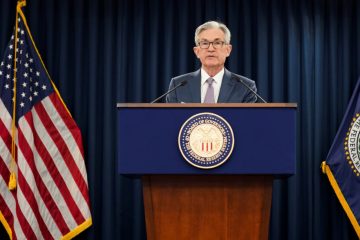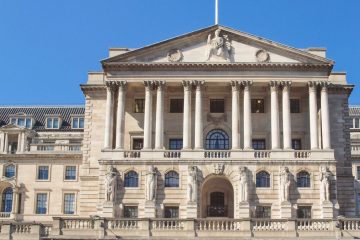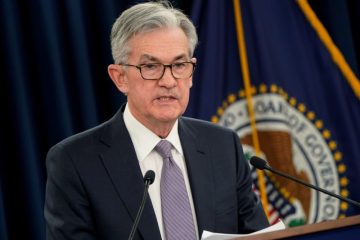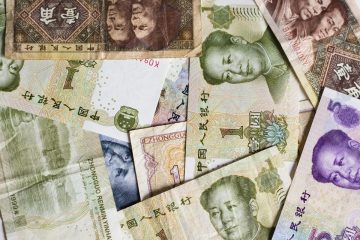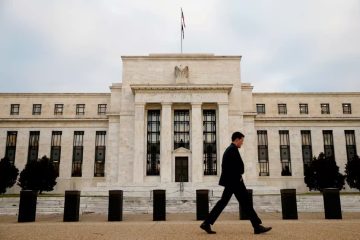Dollar decline stalls; yuan pares gain after Biden’s comment on trade deal
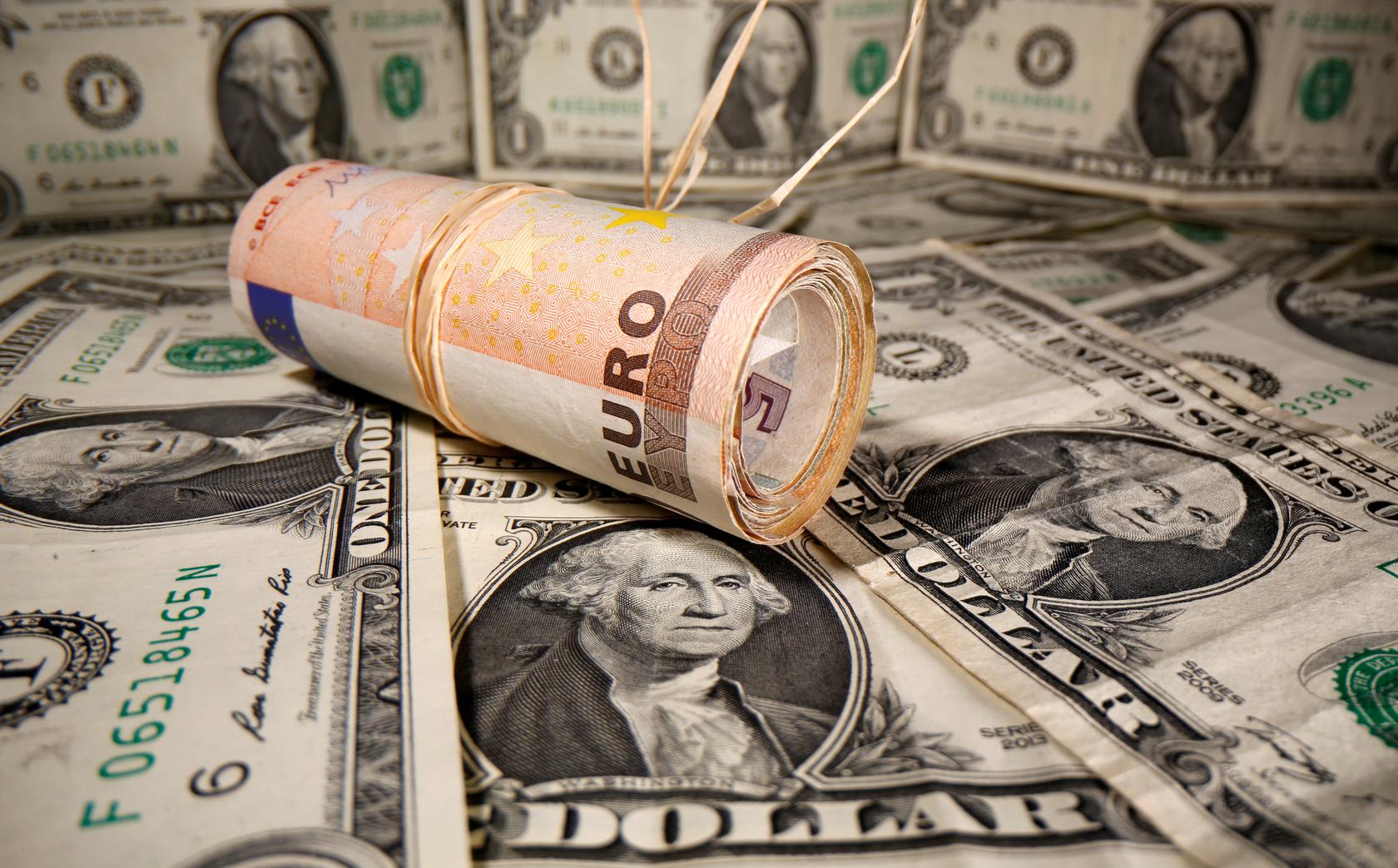
The dollar stayed near a 2-1/2-year low on Wednesday as investors assessed the likelihood of further fiscal stimulus in the United States, while riskier currencies held onto gains as investor confidence improved.
The Chinese yuan erased some gains in Asian afternoon trade after the New York Times reported that U.S. President-elect Joe Biden will not immediately act to remove the Phase 1 trade agreement President Donald Trump signed with China.
Against a basket of major currencies, the dollar index eased at 91.19, near the lowest level since late April 2018 it hit overnight.
The Euro and the Kiwi steadied after an overnight jump to their 2 1/2-year highs as dollar weakened broadly on renewed hopes for a coronavirus vaccine and U.S. fiscal stimulus.
U.S. Treasury Secretary Steve Mnuchin and House of Representatives Speaker Nancy Pelosi held stimulus talks for the first time since the Nov. 3 election, while a bipartisan group of senators and House members proposed $908 billion worth of coronavirus relief measures.
Pelosi said in a statement after the talks that Mnuchin would review coronavirus relief proposals.
U.S. Senate leader Mitch McConnell said on Tuesday that Congress should include a fresh wave of coronavirus stimulus in a must-pass $1.4 trillion spending bill aimed at heading off a government shutdown in the midst of the pandemic.
Biden told the New York Times his priority is getting a generous aid package through Congress even before he takes office in January.
But traders were taking the reports cautiously.
“The currency market is sceptical whether these proposals could be agreed in a swift manner, since hopes were shattered once already when a stimulus package didn’t come into fruition before the presidential election,” said Masafumi Yamamoto, chief currency strategist at Mizuho Securities.
Also weighing on the safe-haven dollar was weaker-than-expected U.S. manufacturing activity data and speculation that the Federal Reserve will act to support the economy before vaccinations become available.
Fed Chair Jerome Powell and Mnuchin urged Congress to provide more help for small businesses amid surging infections, on concern that a vaccine may not arrive in time to keep more companies from failing.
The next Federal Open Market Committee policy meeting is on Dec. 15-16.
Later on Wednesday, data including the U.S. ADP national employment data and EU unemployment rate are due.
The Bank of Japan’s deputy governor signalled the central bank’s readiness to extend pandemic-response programmes, adding that the bank will “take additional easing steps without hesitation as needed.”
Against the Japanese yen, the greenback changed hands at 104.41.
The euro held ground against the dollar after its strong performance overnight as it hit the highest level since May 2018. It last fetched $1.2071.
Analysts said the common currency could be pressured as investors grow wary that European Central Bank could act against the rapid rise.
“The ECB might comment on the currency, but I think it would be difficult for the bank to stop the euro appreciation. It’d be hard not to favour the euro at a time when the euro zone is trade surplus and people are selling the dollar,” said Mitsuo Imaizumi, chief FX strategist at Daiwa Securities.
Sterling also remained near a three-month peak against the greenback after Times Radio said Brexit trade deal talks have entered the “tunnel” stage of negotiations.
While the European Union’s Brexit negotiator Michel Barnier is due to update the bloc on trade talks later this week, a senior British minister said on Tuesday there was still a chance of a no-trade deal Brexit.
The pound was little changed at $1.3415.
The risk-sensitive Aussie firmed to 0.7373 per dollar after an upbeat data showed Australia’s economy rebounded more strongly than expected in the third quarter.
Reserve Bank of Australia Governor Philip Lowe called the figures “good” news, while noting there was a long way yet to full recovery.
Across the Tasman Sea, the New Zealand dollar changed hands at $0.7068, holding steady near the highest level since April 2018 hit overnight.
The onshore yuan last changed hands at 6.8960 per dollar.
Bitcoin dropped around 0.7% to $18,635 after hitting a record high just under $20,000 on Tuesday.


